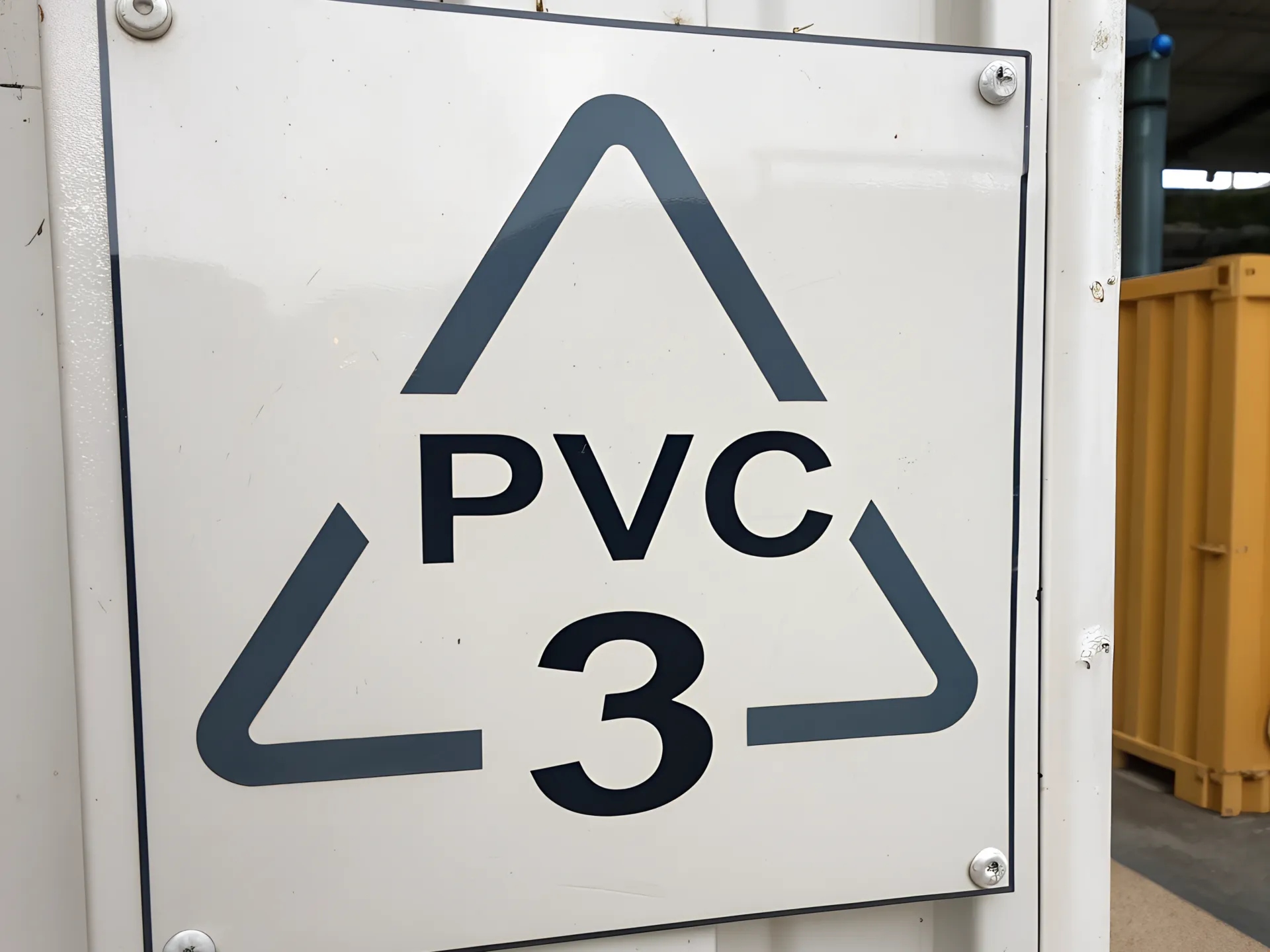Polyvinyl chloride (PVC) is identified by the recycling code number 3, represented by the symbol “3” within the universal recycling triangle. This code assists in distinguishing PVC from other plastics, facilitating proper recycling and disposal.
Understanding PVC (Code 3):
• Characteristics: PVC is a versatile plastic available in rigid and flexible forms. Rigid PVC is commonly used in construction materials like pipes and window frames, while flexible PVC is found in products such as clothing, medical tubing, and inflatable items.
• Recycling Challenges: Recycling PVC presents difficulties due to its chlorine content and the variety of additives used, which can release harmful substances during processing. Consequently, PVC is less commonly accepted in standard recycling programs.
Proper Disposal and Recycling:
• Check Local Guidelines: Recycling capabilities vary by location. Consult your local waste management authorities to determine if PVC materials are accepted in your area’s recycling program.
• Specialized Facilities: If curbside recycling doesn’t accept PVC, seek out specialized recycling centers equipped to handle it. These facilities can process PVC safely, mitigating environmental impact.
• Alternative Disposal: In the absence of recycling options, dispose of PVC products according to local regulations to prevent environmental harm.
Environmental Considerations:
Improper disposal of PVC can lead to the release of toxic chemicals, posing risks to both human health and the environment. Responsible handling and disposal of PVC products are essential to minimize these hazards.
By recognizing the recycling code for PVC and adhering to appropriate disposal practices, individuals contribute to environmental protection and promote sustainable waste management.



